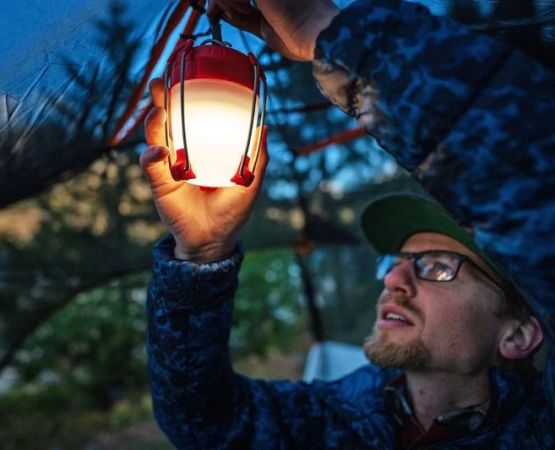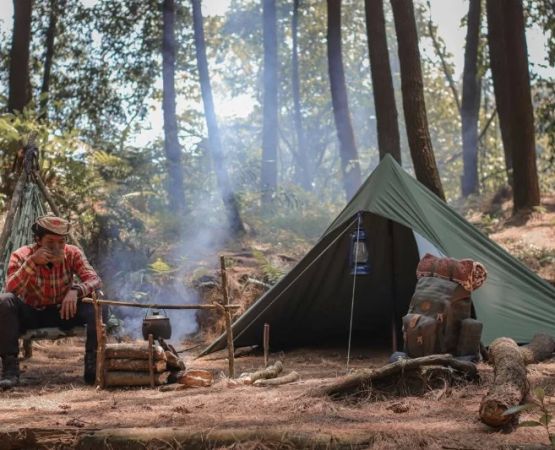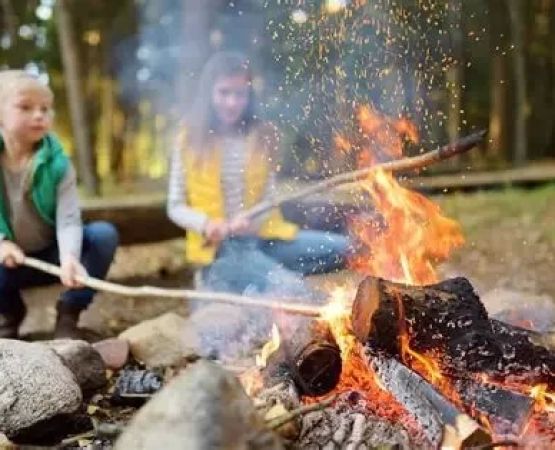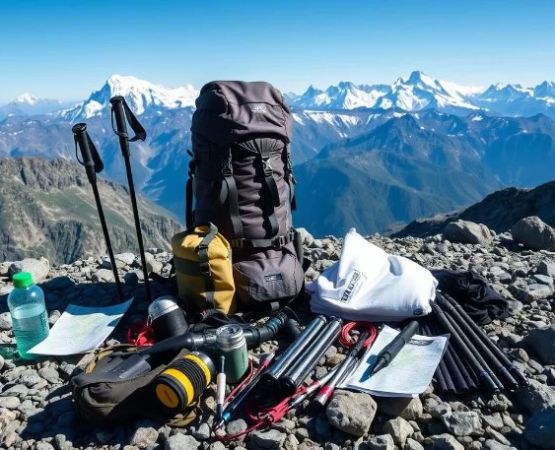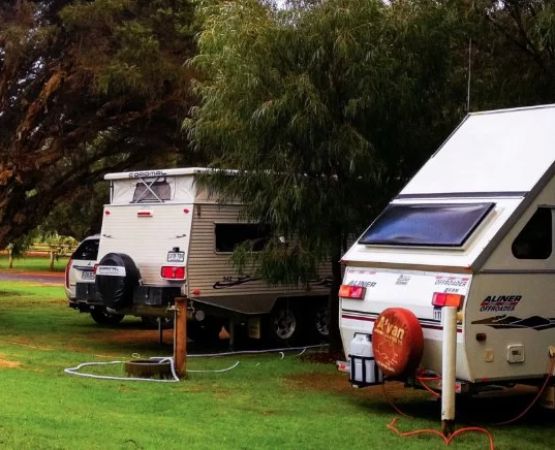- why-backpacking-with-kids-is-different - Why Backpacking with Kids Is Different from Solo or Adult Trips
- essential-gear-for-backpacking-with-kids - Essential Gear for Backpacking with Kids
- real-family-backpacking-stories - Real Family Backpacking Stories That Show What Works
- how-to-choose-quality-gear-for-family-adventures - How to Choose Quality Gear for Family Adventures
- where-to-find-trusted-family-camping-gear - Where to Find Trusted Family Camping Gear
1. Why Backpacking with Kids Is Different from Solo or Adult Trips
Backpacking with kids requires more than just scaling down your adult gear—it’s about adjusting your entire approach. Kids need more frequent breaks, warmer clothing, snacks on demand, and a sense of fun that keeps them engaged even when the trail gets tough. Planning around these realities means packing intentionally, and the right gear can turn a chaotic trip into a memory-making adventure.
Many parents discover this the hard way. As one mom told us during a spring trip near Pine Cliff Resort, “We packed for efficiency, not for enjoyment. That hike turned into a series of bribes involving trail mix and tears. Lesson learned—gear up for the journey your child wants, not just the one you imagine.”
2. Essential Gear for Backpacking with Kids
2.1 Kid-Sized Packs that Actually Fit
Children’s backpacks should be small, lightweight, and ergonomically designed. Look for padded shoulder straps, chest clips for weight distribution, and external pockets for easy snack access. A child should carry no more than 10–15% of their body weight. Let them carry their own water bottle and favorite stuffed animal or flashlight—it gives them a sense of ownership on the trail.
2.2 Layered Clothing and Rain Protection
Weather shifts fast outdoors. Pack moisture-wicking base layers, fleece mid-layers, and waterproof outer shells. Don't forget hats, gloves, and extra socks. A surprise drizzle can become a meltdown moment without a quick-drying poncho or rain jacket. Kids get colder faster than adults, especially when wet.
2.3 Sleeping Systems Designed for Young Campers
Forget oversized adult bags and slippery pads. Opt for youth-sized sleeping bags with temperature ratings appropriate to the season. Pair it with an insulated sleeping pad that won’t slip around the tent floor. Some models come with built-in pillow compartments and integrated hoods—key for warmth and security.
2.4 Trail Food, Hydration, and Kid-Friendly Utensils
Backpacking with kids means snack breaks every 45–60 minutes. High-calorie, low-weight snacks like granola bars, trail mix, dried fruit, and squeezable applesauce are gold. Use kid-sized utensils, collapsible bowls, and fun color-coded bottles to make mealtime easy and exciting. Hydration packs are especially helpful for keeping kids sipping without stopping.
2.5 Entertainment, Comfort, and Safety Extras
Pack a lightweight book, journal, or nature scavenger hunt card to keep boredom at bay during downtime. Also consider kid-sized headlamps, small binoculars, and their own whistle (with training on how and when to use it). Always bring a basic first-aid kit tailored to young hikers: include fun bandages, kid-safe bug spray, and electrolyte packets.
3. Real Family Backpacking Stories That Show What Works
3.1 The “Bear Hunt” That Turned into a Milestone
On a three-day trip through the White Mountains, the Thompsons packed light but strategically. They let their six-year-old choose a trail nickname and gave her a toy compass. That simple gesture transformed the journey—she proudly led short sections of the trail, checked “bear tracks” at each stop, and fell asleep each night declaring it “the best adventure ever.”
3.2 A Cold Night, a Forgotten Sleeping Pad, and a Family Fix
During a chilly spring evening near Pine Cliff Resort, the Miller family realized one of the kids’ sleeping pads had been left in the car. Using extra clothes, a folded rain jacket, and the family’s yoga mat, they improvised—and learned the importance of double-checking gear lists. “Now we let each kid help with packing. They feel empowered, and we make fewer mistakes.”
4. How to Choose Quality Gear for Family Adventures
4.1 Prioritize Durability over Gimmicks
Children can be rough on gear. Look for equipment with reinforced stitching, weather-proofing, and easy-to-clean surfaces. While kid-friendly prints and designs are great, performance should always come first. Zippers that don’t stick and straps that don’t slip go a long way.
4.2 Test It Before You Hit the Trail
Set up the tent in the backyard, practice packing and unpacking, let the kids wear their gear on neighborhood walks. This makes the gear familiar and allows you to troubleshoot issues before you're miles into the woods.
4.3 Get Local Insight
Talk to outfitters or guides who know your region. At Pine Cliff Resort, our team works with families all year round, helping them gear up for real-life conditions—not just what looks good online. They can recommend backpacks that fit your child’s frame, sleeping bags suited to mountain evenings, and even child-approved trail snacks.
5. Where to Find Trusted Family Camping Gear
Shopping for family backpacking gear doesn’t have to be a maze of reviews and returns. A curated approach is often better than chasing the latest trends. Look for platforms or stores that combine product expertise with family-tested feedback. At Pine Cliff Resort, we offer gear that balances practicality, comfort, and fun—so every trip builds a love for the outdoors from the first step on the trail.
Backpacking with kids isn’t about perfection—it’s about shared experience. With the right essential gear, you’ll give your children the tools not just to survive in nature, but to thrive in it.


